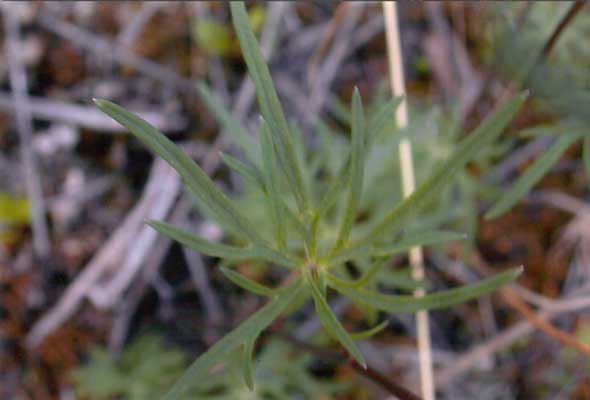Aconitum delphinifolium : Northern Monkshood
Taxonomy | Description | Biology | Ecology | Uses | Images | Range Maps
Taxonomy |
Scientific Name:Kingdom: Plantae Division:
Class: Dicoteldonae (two seed-leaves) Family: Ranunculaceae (Crowfoot/Buttercup Family) Genera: Aconitum (Monkshood) (One possible origin of many is Gk. akontion= a dart; because these plants were used to poison darts) Species: delphinifolium (from Lat. delphinium= the plant + folium= leaf; meaning with leaves like a Delphinium) English Name(s):Northern Monkshood, First Nation Names:
|
Description |
Structure:
Leaves:
Reproductive Parts:
Seed:
Not to Be Confused With:
|
Biology |
Physiology:
Life Cycle:Seasonal Cycle:
|
Images |
|
Flowers in bloom Flower front view Flower side view Palmately lobed leaf with long narrow divisions Flower bud preblooming Illustrated flora of BC |
Range Maps |
|
World Range: Amphi-Beringian; extending east to the Richardson and Mackenzie Mountains and south through AB and BC.
In Yukon: Found throughout the territory. |







